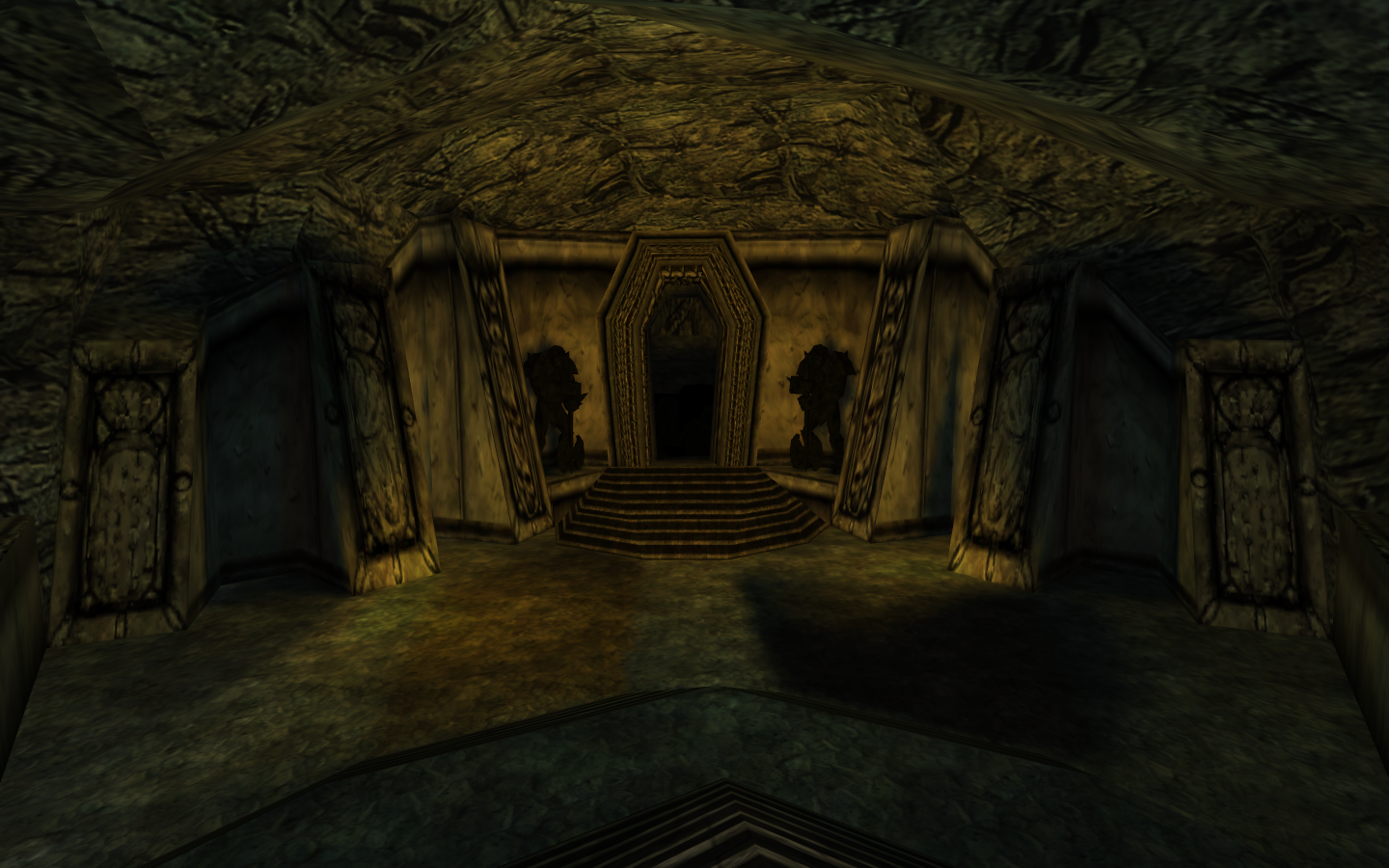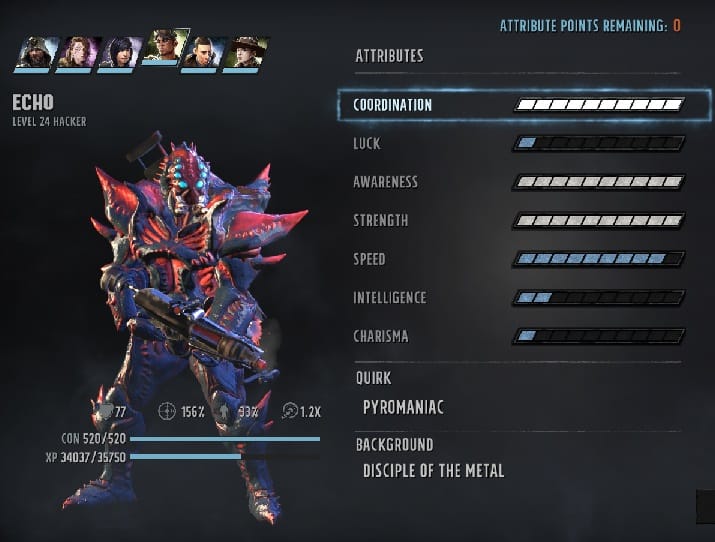

However when lucky actions do pop up, they can really turn the tide of a battle. The Luck attribute really has the potential to go underappreciated, since the percentage chance to trigger at low levels isn’t very impressive. This lets the former swing once and move per turn, with the former getting off two shots per turn. To start out, I’d recommend 4 Coordination if you’re building a slow melee user or sniper, and 6 if you’re leaning more towards lighter ranged weapons or brawling.

Then if you’re feeling restricted, you can boost this when you level up. This means that to a certain extent, the extra points in Coordination would be wasted (even though they can be used to move around a lot).Ī good rule of thumb that comes from the Wasteland 3 developers is to stick to the 2-4-6-8 marks for Coordination, because these are the break points where you get more actions.

However, this doesn’t mean that you should just dump all your points into Coordination right from the start.Įven with really high Coordination, characters with bulky weapons like heavy melee and snipers practically won’t be able to fire more than one shot per turn. It governs your action points, which determine how much you can do in battle - and you’ll do a lot of battling in Wasteland 3. Regardless of what type of character you want to make, Coordination is the most important attribute in Wasteland 3. A veritable Homer Simpson with 1 Intelligence can be a 10 Intelligence Einstein by the end of the game with enough investment. This is enough to build a highly specialised character right from the off - which I’d recommend doing - with some less important attributes dropped down to 1 and the rest of your 14 points placed strategically.Įvery time you level up you’ll get another attribute point to spend, so if you decide you want to change tack later on, you can do that. You get 14 attribute points to spend at the start of the game. And although some seem immediately less useful, you’d be surprised by their utility. There are 7 attributes in Wasteland 3: Coordination, Luck, Awareness, Strength, Speed, Intelligence, Charisma.Įach one is powerful in its own right, but there are ones that you should favour in particular builds. Loosely, attributes govern the character’s innate physical and mental abilities - like Strength and Intelligence - while skills govern things they learn - like weapon proficiency and first aid.Īcross your team, you want to get a good mix of different kinds of characters with different kinds of abilities - and it’s quite easy to cover pretty much all of the bases if you know what you’re doing. In Wasteland 3, as characters gain levels and progress they gain points in two main areas: attributes and skills. While the prebuilt characters look fun and have banter with each other, custom characters are where it’s at. We’ll run through every single attribute and skill in Wasteland 3, so you know what you’re signing up for when you build your first character.Īt the beginning of the game, you’re asked to build two new characters or pick from a list of prebuilt stock. But, this also has the potential to create dreaded choice paralysis - there are a ton of vital skills, and picking the wrong attributes for a character can leave them in a strange spot. Wasteland 3 is a little different, in that you can create a whole party of Rangers to support each other’s strengths and round out their weaknesses. To see this content please enable targeting cookies. Grand plans of playing a suave gunslinger, crushed by constant skill checks for hacking computers, picking locks, and healing your allies. With no feel for how the game plays out, how are you supposed to know what skills and attributes will come in handy? Building your starting character can be the hardest part of an RPG.


 0 kommentar(er)
0 kommentar(er)
